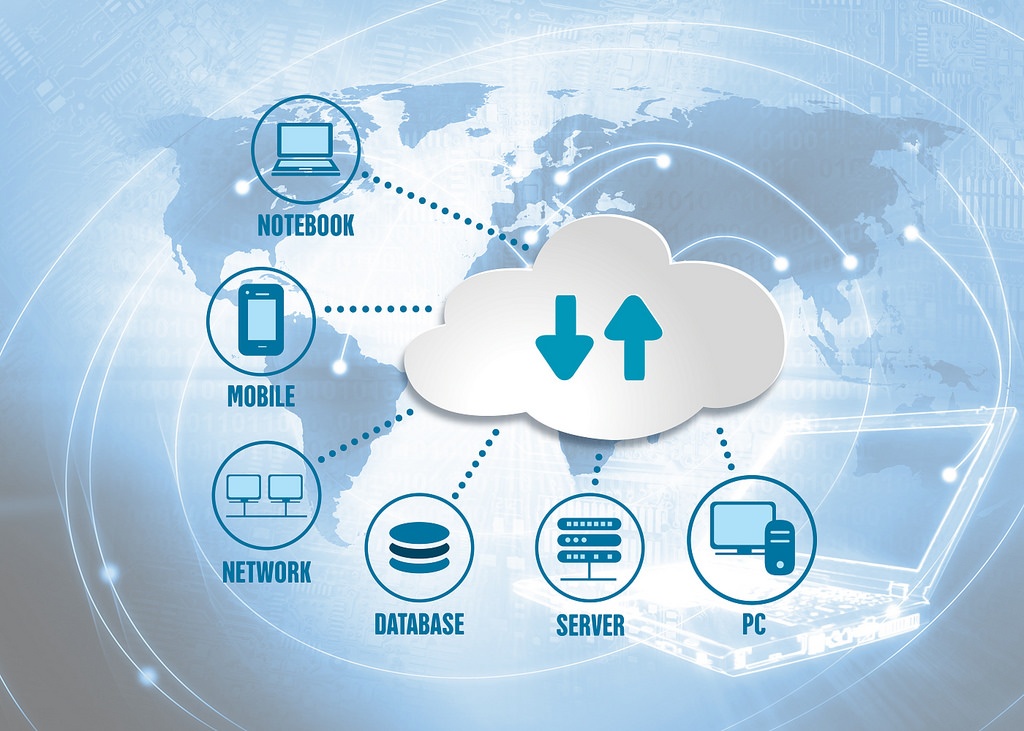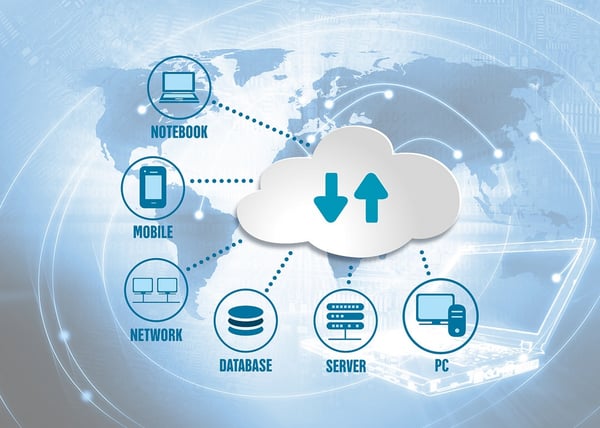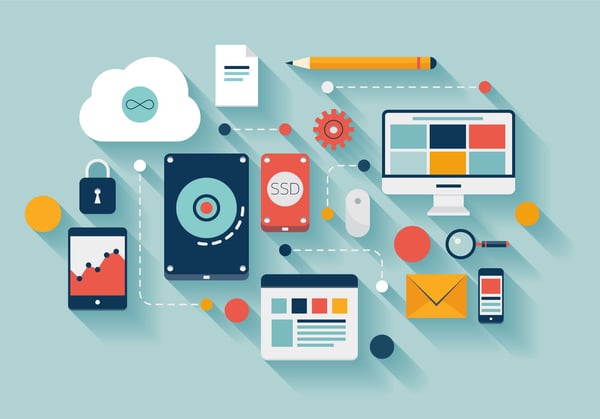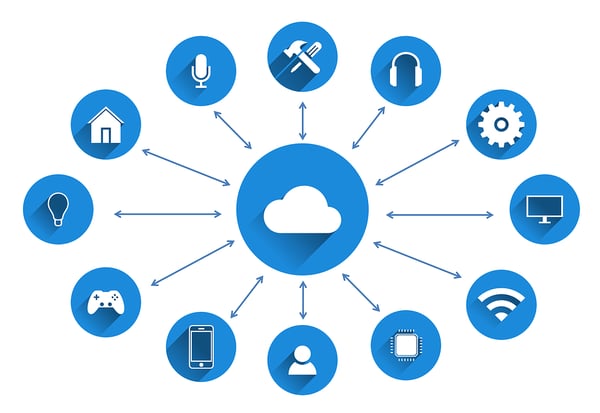IoT devices and their management
IoT or Internet of Things has gone from establishing to establishment really quick. The companies are now working up with zeal in the whole structure...
5 min read
Preetisha Dayal : Jun 27, 2018 12:00:00 AM

Internet of Things (IoT) is reforming the game in the matter of how we assemble and manage constant data. It's transforming our lives, regarding having a superior association with innovation, lastly gives us the data to proactively take care of the issues.
For instance, drones fly over a cornfield to accumulate data that will decide the viability of irrigation system in farms. This procedure collects gigabytes of data that can be examined to figure out where the agriculturist needs to address concerns that diminish the yield of the field.

The use cases for IoT are widespread. IoT is now contacting the majority of things in our lives, including retail business, manufacturing, transportation, smart homes, healthcare, education and each ecosystem. All these IoT things are transmitting innumerable data that require a unique infrastructure of software and devices to handle the bulk data and analyze continuously.
Love what you read? Then grab a fresh piece of content right here.
The innovations are enhancing and developing every day to manage the delivering stream of data persistently. That is the place IoT joins with the big data. They are on every data-driven, and simple applications that deliver information, attention must be offered on how the data is integrated with different frameworks. In this way, the two most vital ideas of IoT incorporate data analytics and data integration.
As the IoT proceeds with the bang, the quantities of practical applications are starting to rise. Numerous view this space as about devices that interact. Actually, it's about huge volumes of data, and how we handle and interpret that data.
However, building and running the types of big data analytics apps regularly required with IoT data is certifiably not a basic undertaking.
Thus, the key to influencing IoT to work is having a reliable data integration procedure and innovation usage. In the event that IoT is in your future, right now is an ideal moment to make sense of handling this.
Also Read: 5 IoT app trends to watch out in 2018
Below are few tips on how to manage data integration in IoT devices.
In the first place, recognize how 'things' in your undertaking will communicate, and select the best innovation as per the requirement, extending from cellular systems to short-range wireless, for example, ZigBee or Bluetooth.
It's additionally vital to acknowledge factors, for example, the number, and sort, of things and how extraordinary advances will handle such factors. At that point search for the network topology — regarding the potential part for edge gateways or computing - that best fits the particular prerequisites for localized computing, device autonomy, limited registering, device collection etc. Once these zones have been qualified, it's conceivable to evaluate whether a packaged IoT platform satisfies prerequisites for the venture, or whether additional arrangements will be required to create a system for things.
Also Read: 13 IoT statistics defining the Future of Data

In customary integration, we'd utilize the Load (ETL) and Extract Transform model, where data is obtained from one framework. Business rationale changes the data, and after that, it's loaded into a second framework.
However, with IoT, there's no single source framework. There are several! Hence, the change should either come in the bunch or in line. The new model is more related to Subscribe, Transform, and Publish (STP). Here the integration supports to a data feed from the gadget, implements business rationale against the approaching data, and afterward distributes the outcome to an enterprise framework. The devices set for this would be AWS Lambda, the ThingWorx Composer.
Also Read: Expert Voices on the how Internet of Things evolve by 2020
Device Relationship Management (DRM) is like possessing a CRM for your devices. Like a CRM, a DRM tracks the device operations, articulates with the devices, comprehend connections amongst devices and frameworks or even different devices. ThingLogix Foundry was made to fill this need.
Most mid-scale to large scale companies have significant investments in customary on-premises reconciliation middleware. While these devices are by and large not upgraded for IoT device network or cloud services alliance, they can possibly support if your venture is on-premises, or if your IoT platform must coordinate with applications and data that are for the most part on-premises.
Also Read: Is smart secure? IoT security challenges to overcome.

For data to have any value whatsoever, it must be right.
What does missing or bad data look like? It could be an incorrect address on a shipping order, which means a pivotal part doesn't reach on time. Or on the other hand, a supplier may have more than one SKU that functions as a part for a customer, so the two SKU codes must be accommodated. A customer relationship management method, alongside, may have more than one customer address, or a missing phone number or email address.
While such blunders may appear to be harmless, they can influence sales, bring down consumer loyalty, and result in terrible decisions or deferred decisions. On account of incorrect bills, wrong information can incite furious lawsuits.
Thus, the business advantages of data quality incorporate a 15 - 20 percent expansion in income and also decreased working expenses. A data quality device can catch constant alarms on business-critical information errors, and rapidly address information issues before they affect execution.
Also Read: 5 Expert Voices on the amalgamation of IoT and Blockchain
By its extreme nature, any IoT arrangement has security issues on the grounds that any device which transmits information through a network connection is a potential risk. You know this going in, so incorporate it into the structure of your integration strategy.
Begin by gathering and transmitting only the data that is fundamental and distinguishing the information that is sufficiently delicate to require additional security past your current Internet security protocol.
Also Read: 3 Major wearable IoT challenges and solutions
While you're revamping your foundation, you're probably going to rebuild your workforce also. You have to keep profitability high and training times short. Intelligent workflows, modern user interface designs, and automated basic leadership can assist to make your workforce administration methods more fluid and viable.
IoT and other edge computing activities will expand your data volumes significantly. Therefore, you'll no doubt need to reexamine your foundation and activities. Where will you accumulate data? Where will you change it? What ought to be done near the edge, and what ought to be concentrated?
Finding the solutions to these challenges appropriately is crucial for building a foundation that promotes business objectives and gives the highest profit for your IoT investment.
Maybe your solution is little now, yet in the event that you're doing your task effectively, it'll develop. Make a possible arrangement with the goal that you can control your each and every device and information, even after you develop from 10 associated devices to 1,000 – or even to a million. This may include a new software solution, or committed groups of device administration workforce, or a mix of both.
Also Read: IoT Ecosystem components: The complete connectivity layer
Final Words
Basically, the Internet of Things alludes to devices other than PCs that are associated with the Internet and can send and get the data. The term has been around for over 15 years, however, just recently it started gaining a huge amount of money. In any case, numerous business intelligence, IT, and analytics managers have quit soliciting, "What is the IoT?" Instead, they've begun soliciting, "What is the business value from the data produced by the Internet of Things? Also, what do we have to do to understand that value?" Thus, investigate the potential advantages and overcome the difficulties of endeavors to analyze all the data and investigate the eventual fate of IoT projects in the business.
It's vital to remember some regular challenges from the beginning of the procedure until the end.
Data analysis from the Internet of Things and sensors, although complex but has clear potential for enormous effects on the organizations. The multifaceted nature exists in view of the various moving parts in IoT that make it hard to collect information at one point for investigation.
Regardless of whether mobile applications or household devices, properly handling of IoT with Big Data is foreseen as a major progressive step in coming years prompting numerous more revelations. Improvement of IoT applications can make ripples everywhere throughout the world leading in a lot of smart cities.
Got a fresh project or a stuck one? Then reach out to us for a consultation.
![5 Sensible Applications of Consumer IoT [Having Real Value]](https://www.newgenapps.com/hubfs/Imported_Blog_Media/interfaceworkshopiot-Aug-21-2023-04-06-05-2136-PM.jpg) Read More
Read More